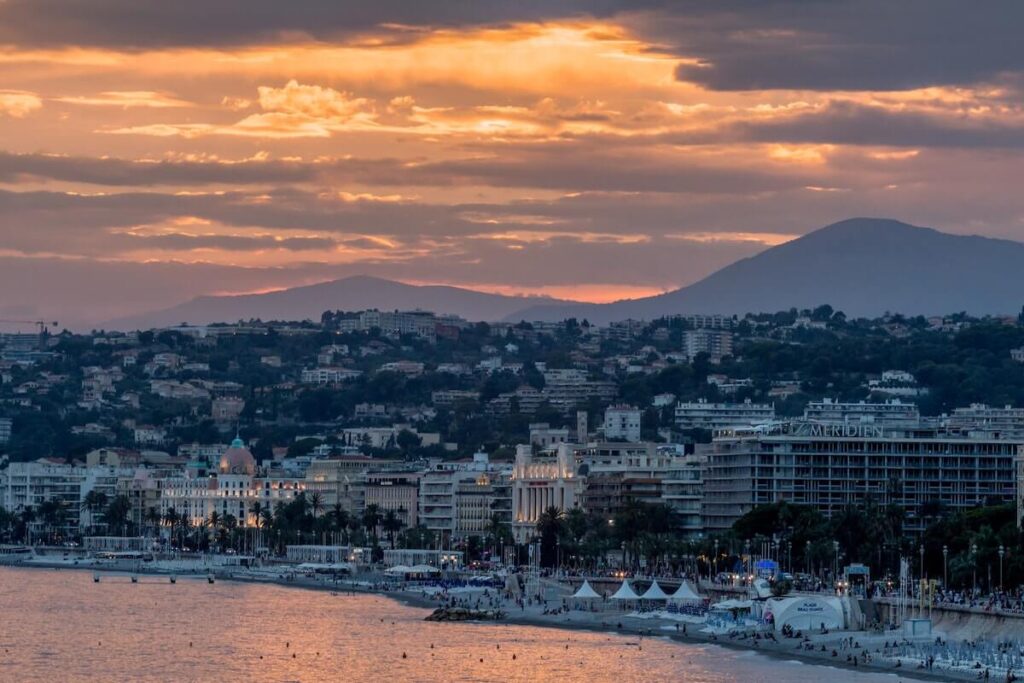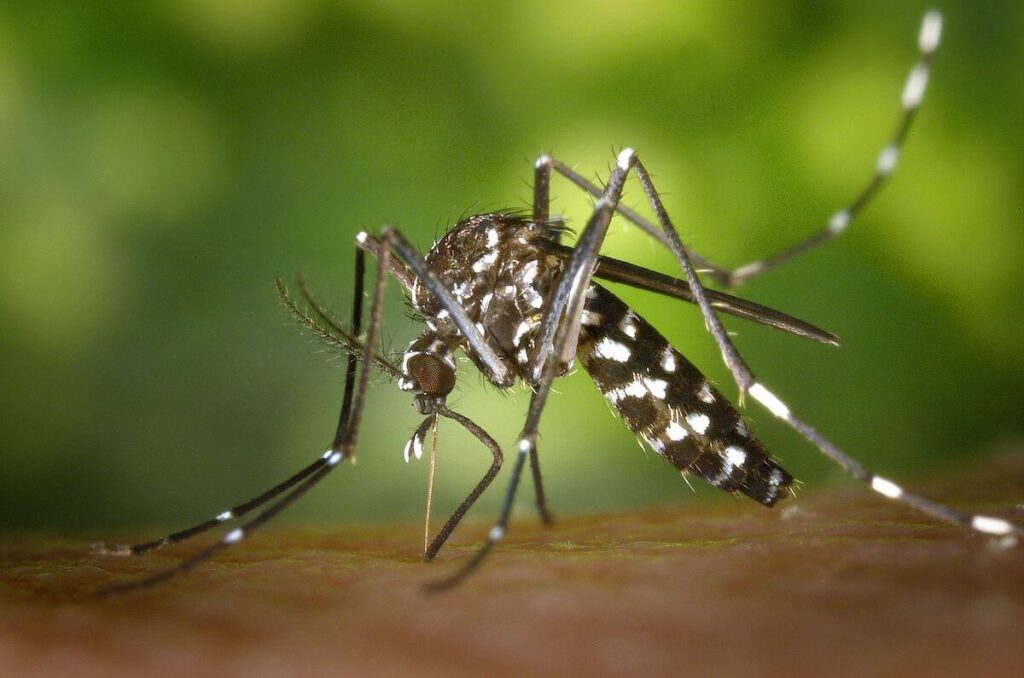Côte d’Azur and climate change: what does the future hold?

Flooding, storms and mosquitos are an increasingly common sight along the French Riviera. Here, with every decade that passes, temperatures rise by 0.3° C. It may well be that by the turn of the next century, climate change has completely changed the face of the Côte d’Azur, for humans and nature alike according to Météo-France.
Torrential rain, floods and landslides. Last October, Storm Alex devastated many villages in the Alpes-Maritimes region after the hinterland of Nice suffered serious flooding. Roads and houses were swept away as mud, water and debris flowed down from the mountains. However, as storms and flood warnings increase, this is only one example in the series of similar disasters Europe is experiencing. In fact, according to a report from the United Nations, the number of natural disasters occurring across the globe in the last 20 years has doubled.
Temperatures rising in the South of France
On average global warming occurs at 0.2° C a decade, but the Côte d’Azur has exceeded this figure. Here, temperatures are rising around 0.3° C every ten years. According to Cécile Guyon, climatologist at Météo-France: “The warmest three years on record have occurred within the last 20 years.” Although what is more alarming, she warns, is that droughts and heat waves are going to get even worse. “By the end of the century, the ground will be just as humid, on a normal day, as it is during the periods of extreme droughts we are witnessing now.” As a result of this sustained period of drier conditions, she explains how forest fires and bigger blazes will also become more prevalent.

Coastal erosion along the Mediterranean
Global warming and melting ice caps pose a grave threat to the Riviera’s waters. Over the course of the next few centuries, rising sea levels and increased rainfall could cause the sandy beaches along the Côte d’Azur to disappear. All of this is added to the urbanisation and tourism which are already damaging the coast.
Since 1890, beaches in Provence have lost half of their sands, making them particularly susceptible to erosion. In fact, these sandy bays are named on the Red List of Ecosystems in France, created by The International Union for Conservation of Nature (IUCN).
Concerns over an increasing mosquito population
Faced with climate change, some animal species may begin to thrive. While this is good news for them, in the case of species like mosquitos, it brings bad news for us. According to Cécilia Claeys, researcher in environmental sociology at the University of Aix-Marseille, mosquitos are likely to increase in number as “the hotter it gets, the quicker and easier it is for this insect to reproduce.” As a result, new species of mosquito may be seen. “We could, for example, begin to see tiger mosquitos inhabiting new regions, particularly at higher altitudes up in the mountains.”
However, this species is likely to become most abundant in towns. Mosquitos do already live in urban areas, breeding in small bodies of water where prey is plentiful, but the population is discrete and unproblematic. However, should numbers increase, there are concerns over malaria outbreaks in the region: a disease last seen here in the 1960s.










